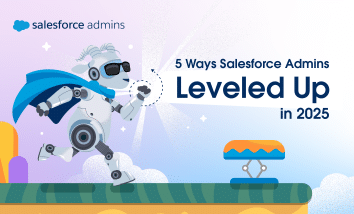The rise of the machines Machines and artificial intelligence (AI) have been part of popular discussion since Samuel Butler authored Erewhon (1872), where his satirical utopian society explored the morality of conscious machines as a natural evolution of the Industrial Revolution. One-hundred and fifty years later, OpenAI released GPT-4, introducing the world to AI that […]









